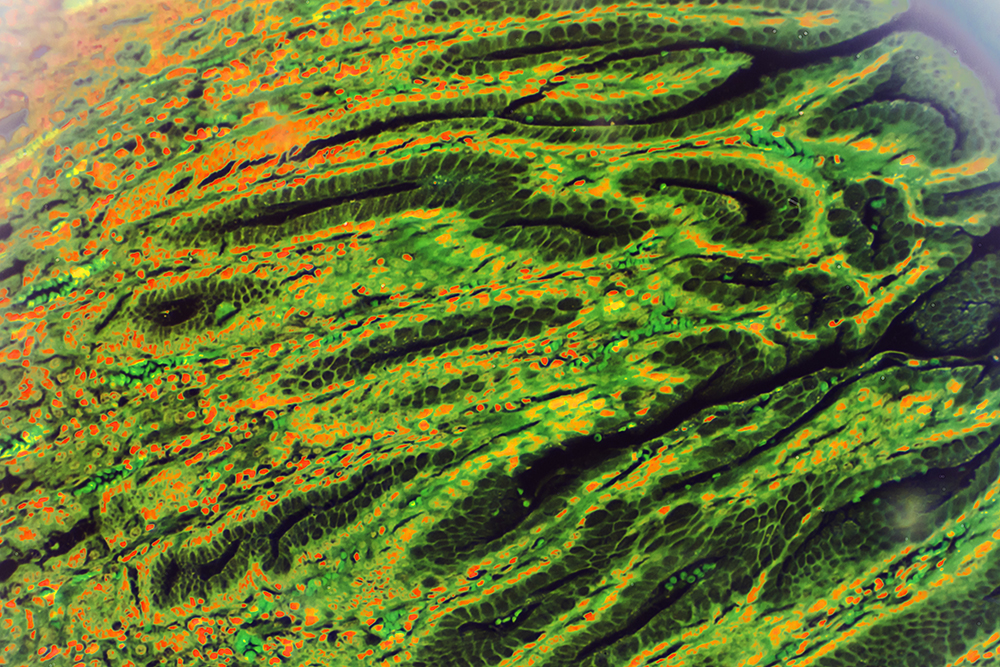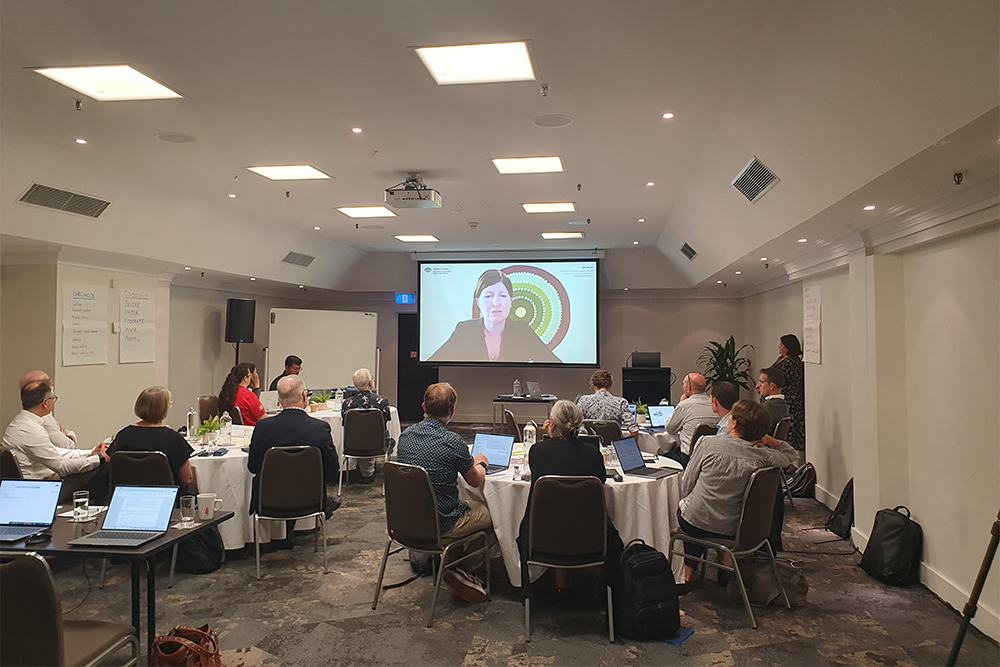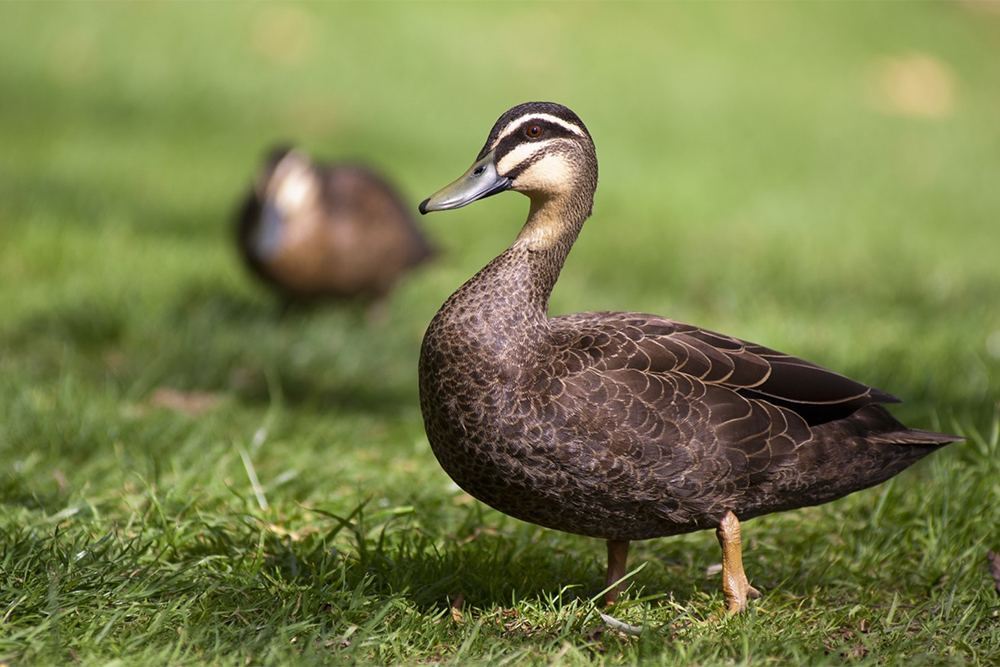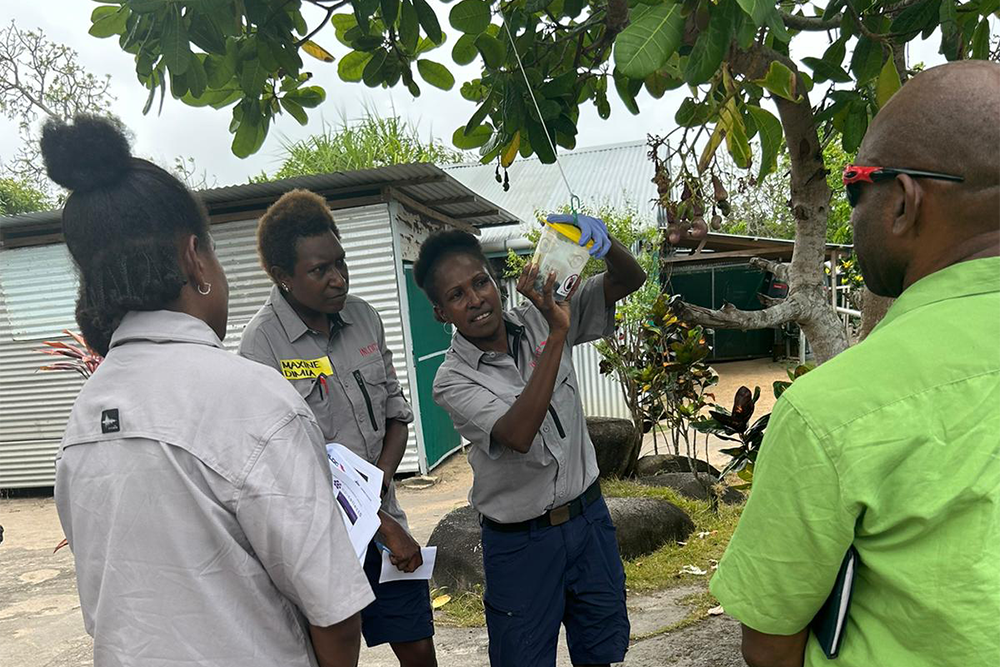CSIRO
Animals have been used in research for millennia – some of the first recorded experiments on animals date back to the 4th century BCE. Use of animals for the development and testing of medical products like medicines, vaccines and diagnostic procedures has been critically important to the development of most modern medical practices. But that is changing.
To better support animal welfare objectives, researchers at universities and scientific institutions across Australia and internationally have been focusing on ‘the 3 Rs’: replacing, reducing and refining the use of animals in research. The development of non-animal models has gathered pace. Scientists are able to reduce the use of animals in research, and offer accurate and cost-effective alternative solutions.
As outlined in CSIRO’s 2023 report Non-animal models: A strategy for maturing Australia’s medical product development capabilities, these non-animal models are diverse and include:
- in silico models – computer simulations of biological systems and their responses to an intervention
- 2D models – cell cultures that allow researchers to see how medicines might work at the cellular level
- 3D models – cell cultures that join up on a scaffold to become a ‘mini-organ’ that allows researchers to understand how different organs (e.g. hearts and livers) might react to the potential medicines
- organ-on-chip – tiny devices, about the size of a computer memory stick, that contain living human cells arranged to mimic the structure and function of a real organ.
The report notes that Australia is internationally regarded for its research capability in non-animal models and is a leader in non-animal models for eye, urogenital, reproductive and cardiovascular systems. In total, the report identified 37 Australian organisations with mature non-animal model-related capabilities.
For example, the Australian Organoid Facility located at the University of Queensland has invested in state-of-the-art automation, imaging and analysis capabilities to produce high-quality miniature organs that can be used for high-throughput screening, enabling the rapid testing of new compounds.
By 2040, CSIRO predicts that the industry will generate more than $1.5 billion and create 4,900 high-tech jobs.
Acknowledgements
The department thanks Commonwealth Scientific and Industrial Research Organisation (CSIRO) for the provision of the case study. Thanks to Whereto Research for their support in coordinating input.




